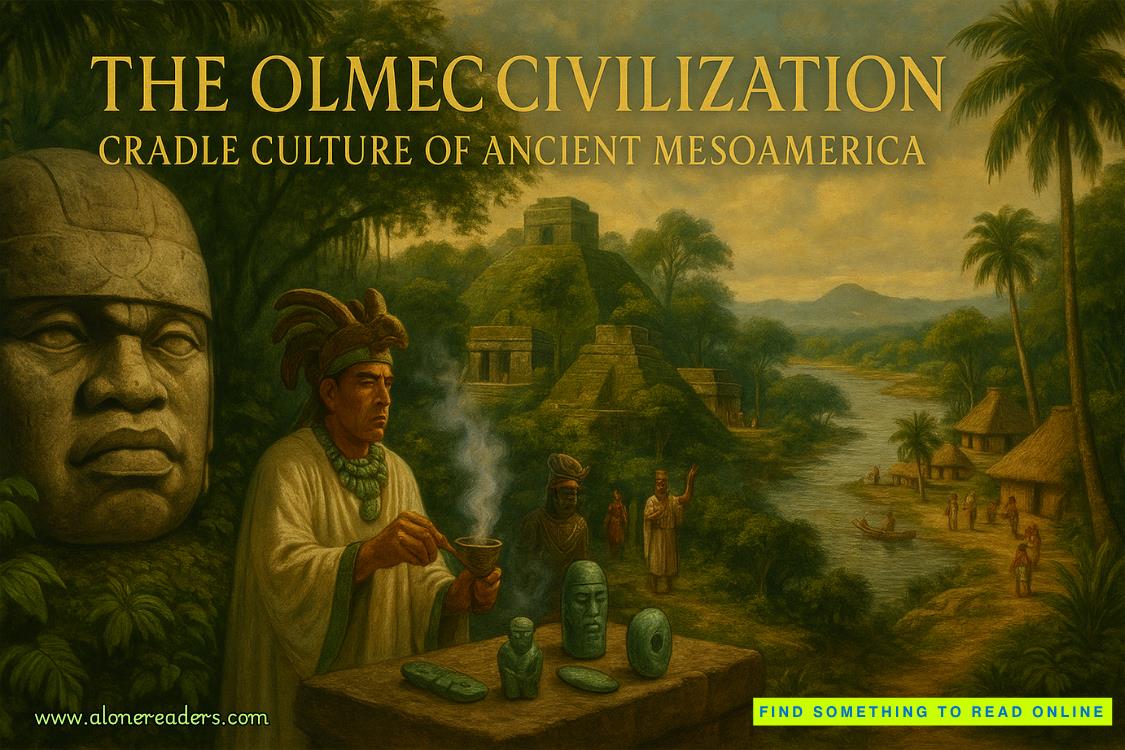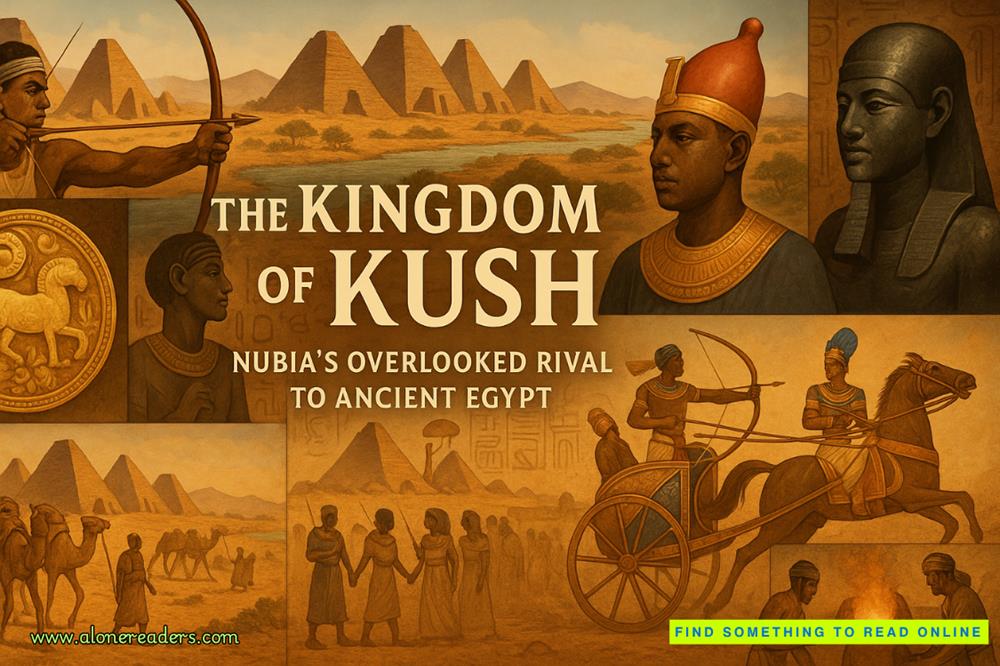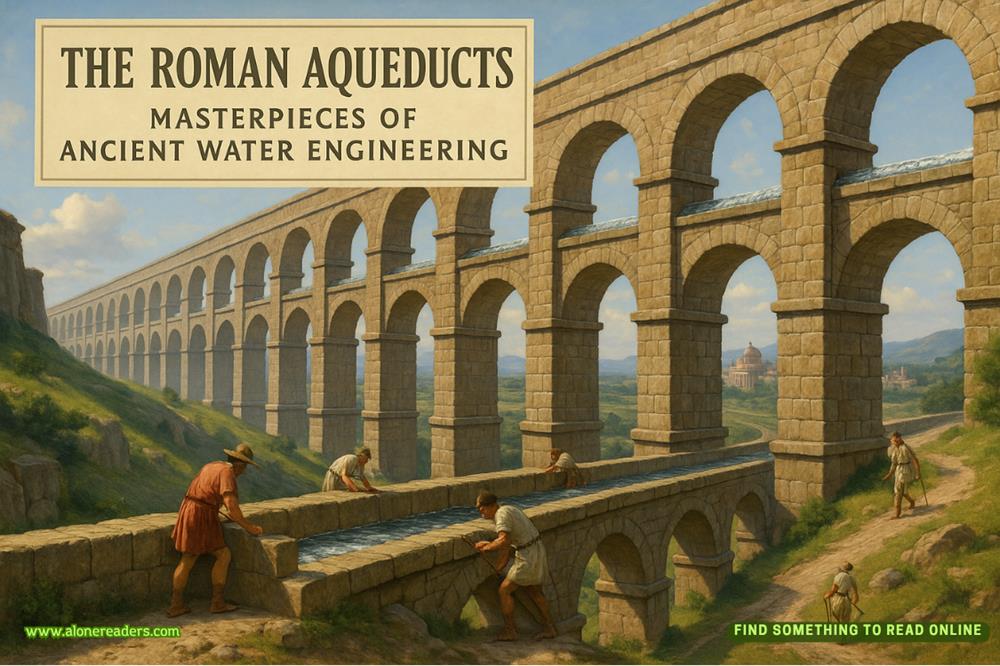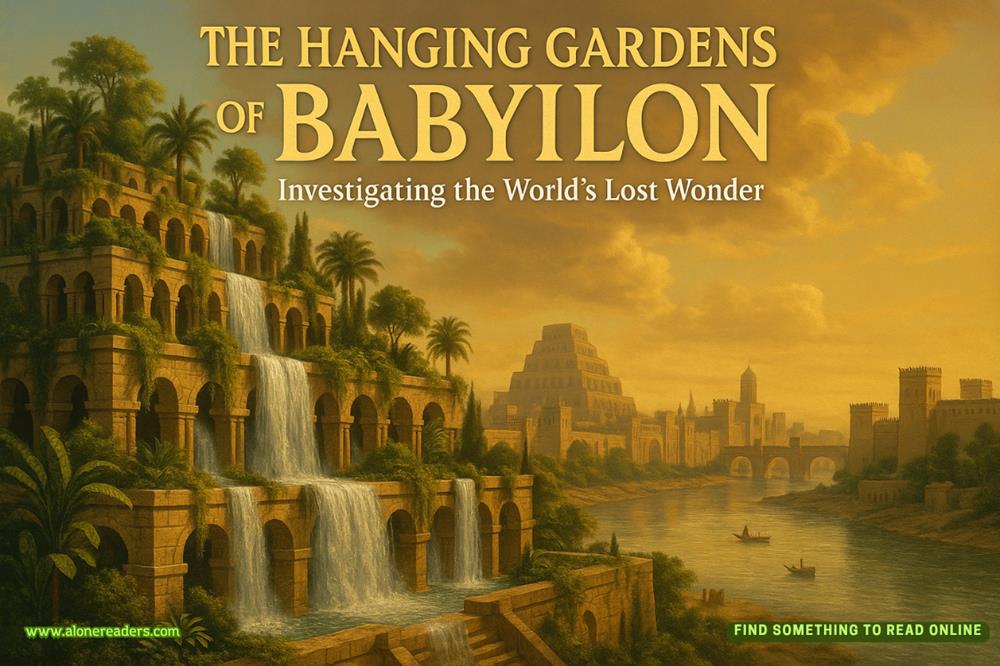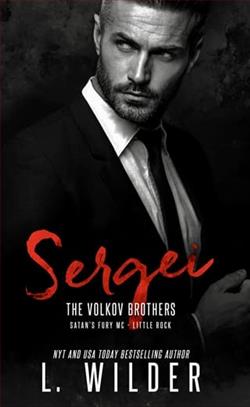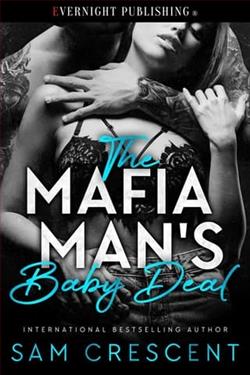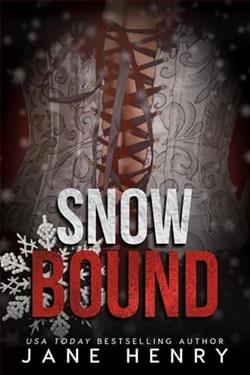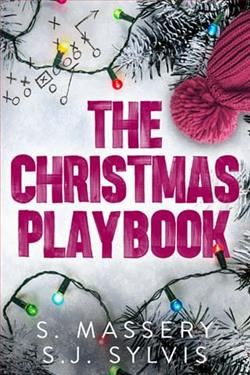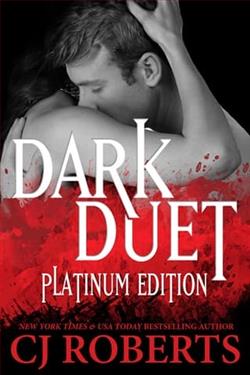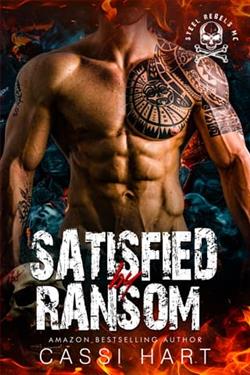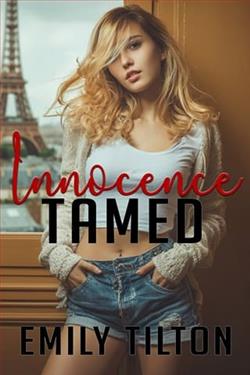Page 12 of The Wedding Dress Repair Shop
Then she added – and I could imagine the wry, tilted grin – ‘But don’t get the idea you’re the long-lost heir to a fortune, because the estate was never entailed, but always willed directly.’
‘I’m just grateful you aren’t suing me for the lost family bauble,’ I told her, and she laughed.
‘This means we really are very distant cousins, which is nice.’
‘Yes, it’s lovely to have real family, however remotely connected,’ I agreed.
True to her word, she’d emailed me the scanned-in copy ofRosa-May’s journal, but I hadn’t got very far with it yet because the writing was crabbed and hard to read, even blown up on my laptop screen.
I enjoyed all our exchanges by phone, email and text. However strange it might sound, I had felt almost from the moment we met as if we’d always known each other.
Honey seemed to feel the same way too, for one day she said: ‘It’s odd, but once we started chatting in Claridge’s, it felt as if I’d always known you, Garland! I suppose blood is thicker than water – we’re family!’
‘I know, me too. Believe it or not, I don’t usually pour out my life story to someone I’ve only just met.’
‘We’re getting to know each other even better every day, if only by way of the phone and emails,’ she said.
I thought, rather guiltily, that I’d also learned a little more than she knew aboutherpast, because I’d felt curious enough to chase up that reference I’d found about the time when she was jilted.
She appeared to have almost got herself arrested for assaulting the best man, but then the story seemed to fizzle out when it became evident that he’d simply been injured in a drunken argument with the groom, which was why they’d both missed the wedding.
It was quite intriguing, though, and I’d have liked to have asked her about it, if I’d dared!
*
I’d become totally involved with the development of the museum project right from the start, because Honey and I exhaustively and enthusiastically discussed every aspect of it and she also sent me videos and pics of everything that wasgoing on, including the last horrible examples of the taxidermist’s art, ready to be packed off to a new home.
The photos of the museum showed it to be a long, two-storey stone wing, backing on to the main house, which was black and white Tudor. They were connected by a short passage on the ground floor and there was access to it from the curator’s cottage at the other end of the building, too.
Repairs were now well in hand, the walls being painted and new blinds made for all the windows. George had advised Honey about those, because you have to be so careful to block out harmful light when displaying costume.
There was a large reception area and the front door of the museum gave on to the cobbled mews behind the house.
‘I’m going to have a shop in the foyer,’ Honey told me.
‘What are you going to sell?’
‘The usual stuff: postcards, a guidebook, souvenirs with our logo on – though I haven’t thought one up yet – but also we’ll stockallmy books, both the novels and non-fiction. We could sell some of your little mannequins, dressed in replicas of the gowns on display, if you fancied the idea. But we can discuss that later, when you have time to visit.’
‘I can’t wait!’ I said.
*
George had been roped in by Honey to give his expert advice on the setting-up of the museum, and we had fun discussing it all if he was free for a coffee and catch-up when I called in at the V&A.
Because we were so busy at work, George was the first to visit Honey, which made me quite jealous, even though they did their best to keep me in the loop.
The next time I visited George in his cluttered little office, he showed me the pictures he’d taken on his iPhone.
‘This is the museum foyer – quite a spacious area, with the stairs rising up from it. Honey says she’s going to install a lift, too. On this side is the room that will house the Rosa-May Garland Collection, and on the other, a staff room, with a door on to a workroom and then into the attached curator’s cottage.’
The cottage, built in the same stone as the museum wing, looked quite cute, tucked into its corner of the cobbled mews.
He moved the images forward. ‘Then the upstairs consists of three large rooms opening out of each other, so you can see from one end of the upper floor to the other.’
‘What are all the bright yellow lines on the floor?’ I asked, squinting at the screen.
‘Tape. The antique reclamation place that took all the old showcases have found some suitable costume ones and we were measuring and marking where they would fit.’
